Frederica Freyberg:
In Washington, with some members balking at the price tag, the U.S. Senate has not taken action on the $2 trillion spending bill passed in the U.S. House called the Build Back Better Act proposed by President Joe Biden. In that bill, the continuation of the enhanced child tax credit given to families over the last half of 2021. That credit provided up to $3,600 annually for younger children and $3,000 for older children in a family. In Wisconsin, more than a million children were recipients of the improved tax credit. As an analyst at the Wisconsin Budget Project, Tamarine Cornelius studied what they spent it on. She joins us now. Thanks very much for being here.
Tamarine Cornelius:
Thank you for having me.
Frederica Freyberg:
You looked at households with incomes under $35,000. How was the money from the tax credit mostly used?
Tamarine Cornelius:
So this is research that’s out there in terms of how families of low incomes are spending their tax credit. And some senators or at least one senator has expressed concern that families might not be making wise decisions with how that money is spent, and there’s two, I think, responses to that. One is that families know best what they need to support themselves and how to spend their budgets and to suggest otherwise I think is just incredibly out of touch with the decisions that parents make every day in tradeoffs for the well-being of their families. And then the second part is that we know how families spend their money from the tax credit, and the top three things that they spend their money on, number one is food. So groceries. Number two is utilities. You know, literally keeping the lights on or heat on, and number three is rent, which is keeping a roof over their family’s head. So what we see is that a lot of these tax credit payments went to support very basic needs to strengthen families.
Frederica Freyberg:
So meanwhile, right now, though, rising prices are cutting even further into families’ budgets. How big of a burden is this for lower income families right now?
Tamarine Cornelius:
So when families struggle to make ends meet, that is stressful for parents and for kids, and there was just a piece in the news recently about how there was a study where they had poor mothers and they gave the mothers a cash stipend for the first year of the kids’ lives, and measured the brain development of the kids and saw there was improved brain development from giving them some support. And so what we see is that poverty, whether that’s from low wages or other things, has stress for kids and parents that can affect their health, that can affect their academic achievement and can just have effects the whole rest of their lives, and if we can make initial investments now, that can pay off for everybody in the long term.
Frederica Freyberg:
So national studies have shown that some 3.7 million children were lifted out of poverty in December, an estimated decline in poverty of nearly 30%, because of these child tax credits. How meaningful is that?
Tamarine Cornelius:
So in Wisconsin, that translates to lifting about 45,000 kids out of poverty, so that’s enough to fit every — fill every seat in American Family Field with a little left over. That’s not having — when we lift those kids out of poverty, that’s having an effect right now but it’s really having an effect for the rest of their lives. And it especially important for kids of color, because their families — because of historic and current discrimination in the labor market and in healthcare system and education systems often have lower wages and are more likely to live in poverty so it affects those kids — has an especially intense effect on those kids.
Frederica Freyberg:
So if families and children need this kind of infusion to rise above the poverty line, I would expect that many people would like these kinds of child tax credits to become permanent.
Tamarine Cornelius:
Right, and the Build Back Better continued some of the improvements and made permanent some of the improvements. The most — there’s kind of three improvements that Build Back Better was going to make. One was — or that we had in the American Rescue Plan last year, and that we’re going to be continued. One was that we got the monthly payments, instead of all in a lump sum, so that meant parents could use it to pay monthly expenses like you’ve got to fill up the gas in your car all the time, not just once at the end of the year with your tax return, right? The second was the increased credit amounts which you talked about, and then the third, which had the biggest bang for the buck in terms of poverty reduction is that it removed a provision that prohibited parents with the lowest incomes from getting the full credit amount. So that improvement meant that about — that the parents of about 350,000 kids in Wisconsin got the full credit whereas before they didn’t. So as we think about what versions of the child tax credit we might make permanent, what we can extend for a little bit and what’s most important, that part is the most important in lifting kids out of poverty.
Frederica Freyberg:
All right. Well, thank you very much for your information. Tamarine Cornelius, appreciate it.
Tamarine Cornelius:
Thank you.
Search Episodes

Donate to sign up. Activate and sign in to Passport. It's that easy to help PBS Wisconsin serve your community through media that educates, inspires, and entertains.
Make your membership gift today
Only for new users: Activate Passport using your code or email address
Already a member?
Look up my account
Need some help? Go to FAQ or visit PBS Passport Help
Need help accessing PBS Wisconsin anywhere?

Online Access | Platform & Device Access | Cable or Satellite Access | Over-The-Air Access
Visit Access Guide
Need help accessing PBS Wisconsin anywhere?

Visit Our
Live TV Access Guide
Online AccessPlatform & Device Access
Cable or Satellite Access
Over-The-Air Access
Visit Access Guide
 Passport
Passport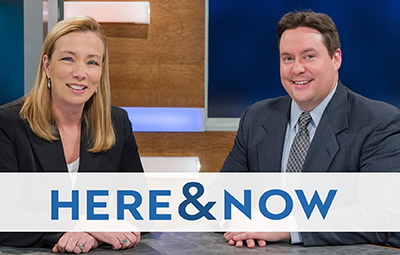
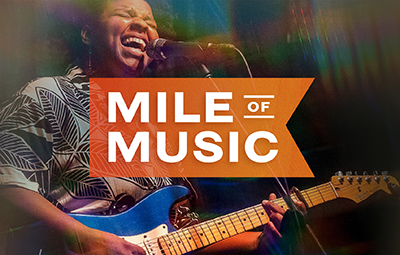
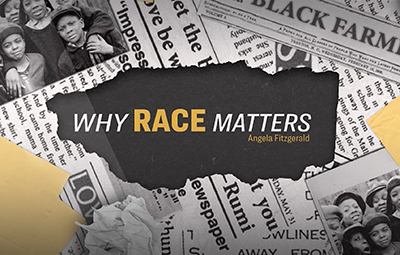



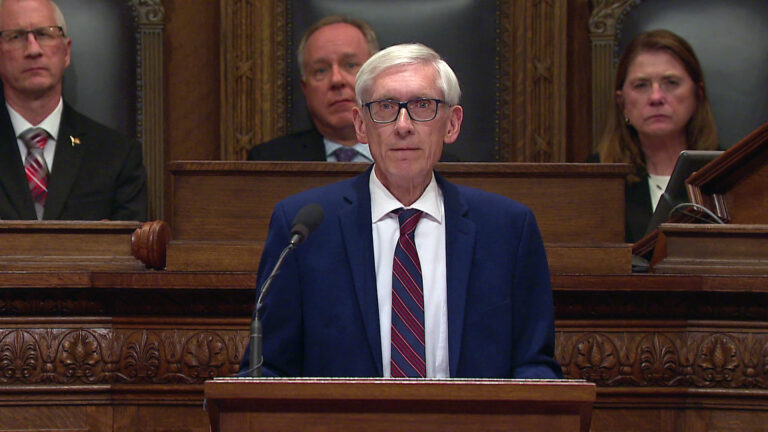
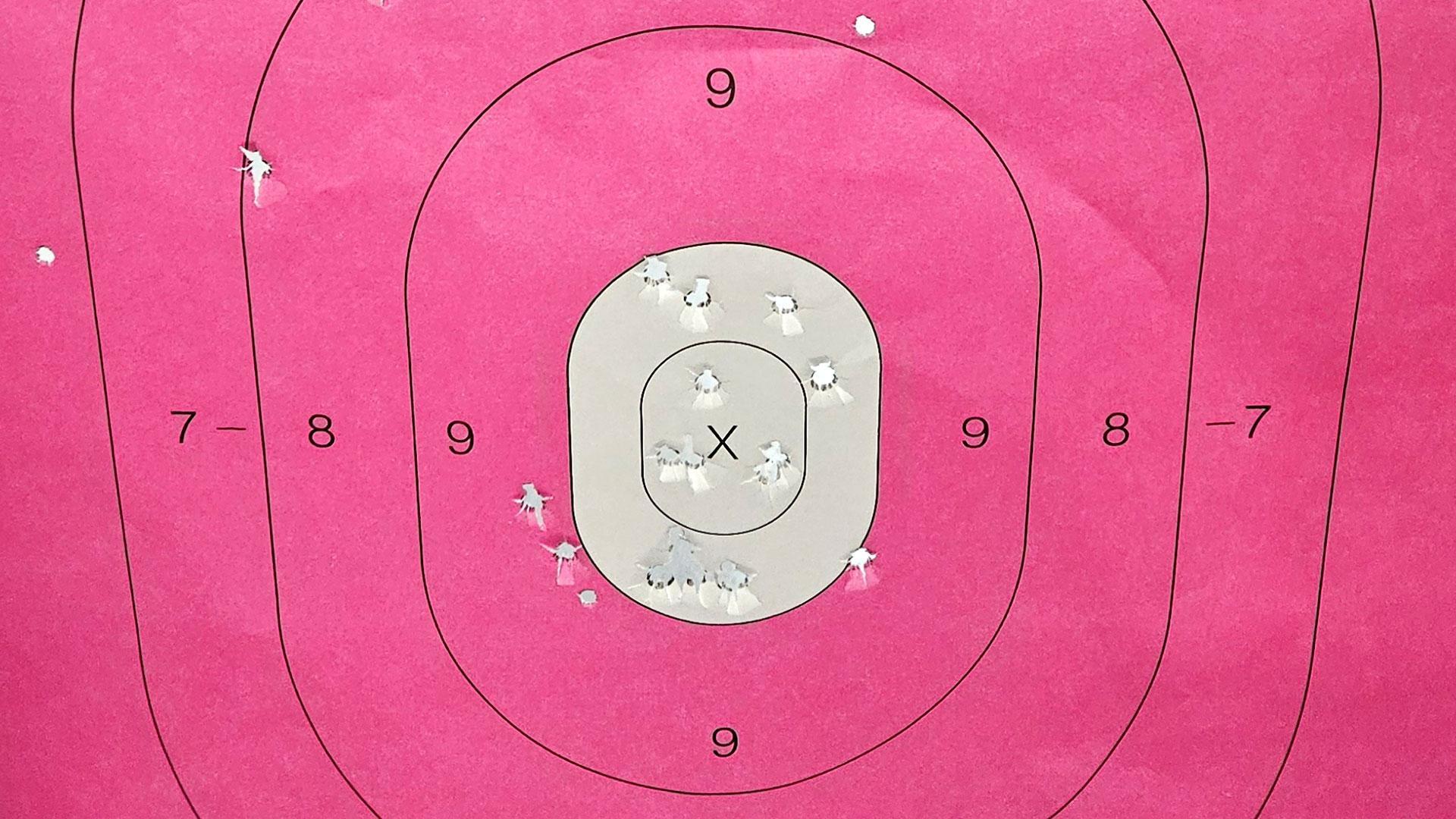
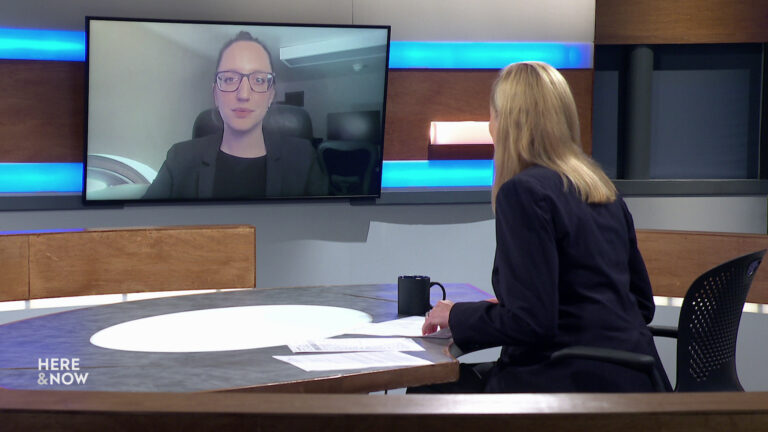
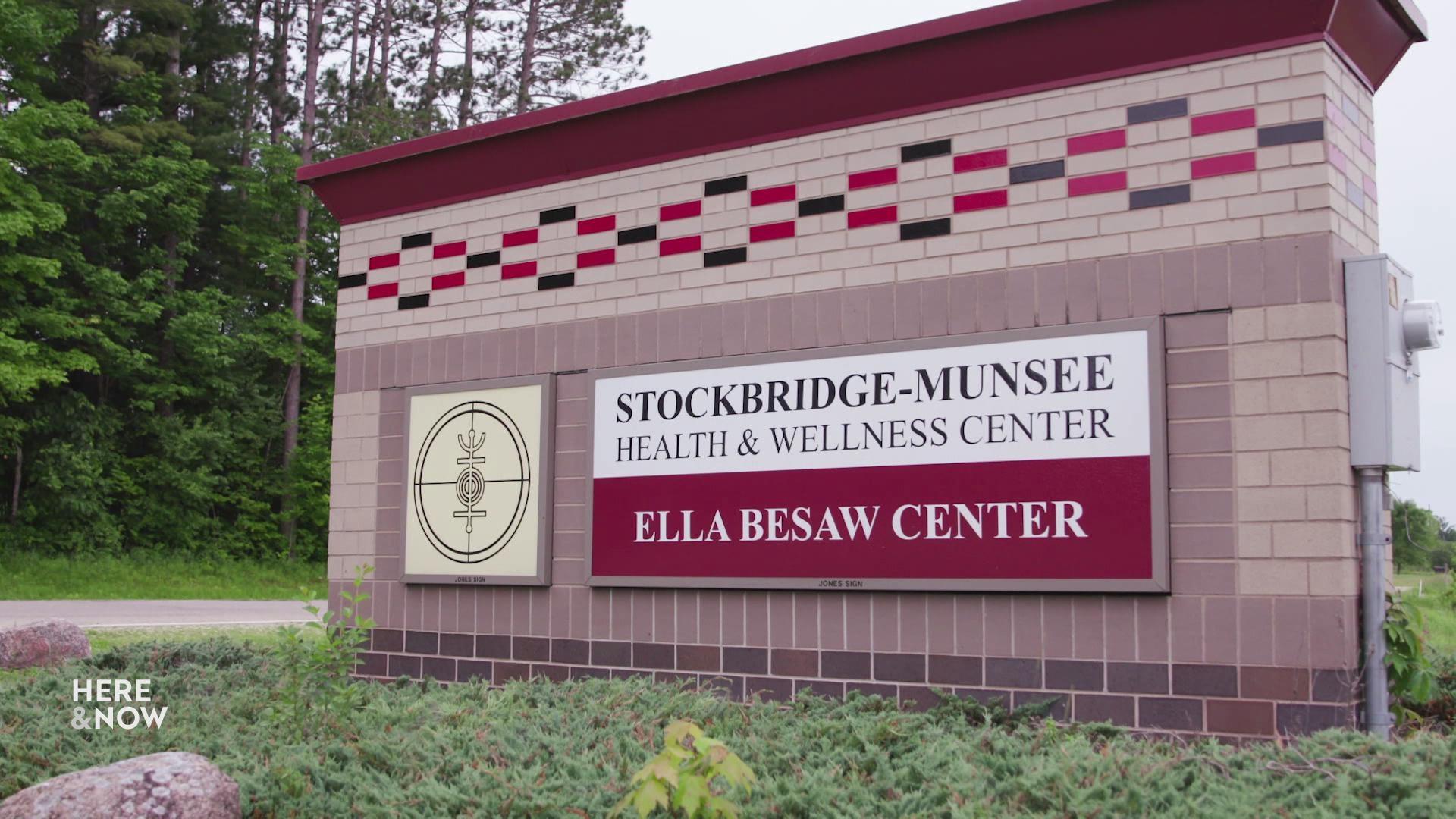
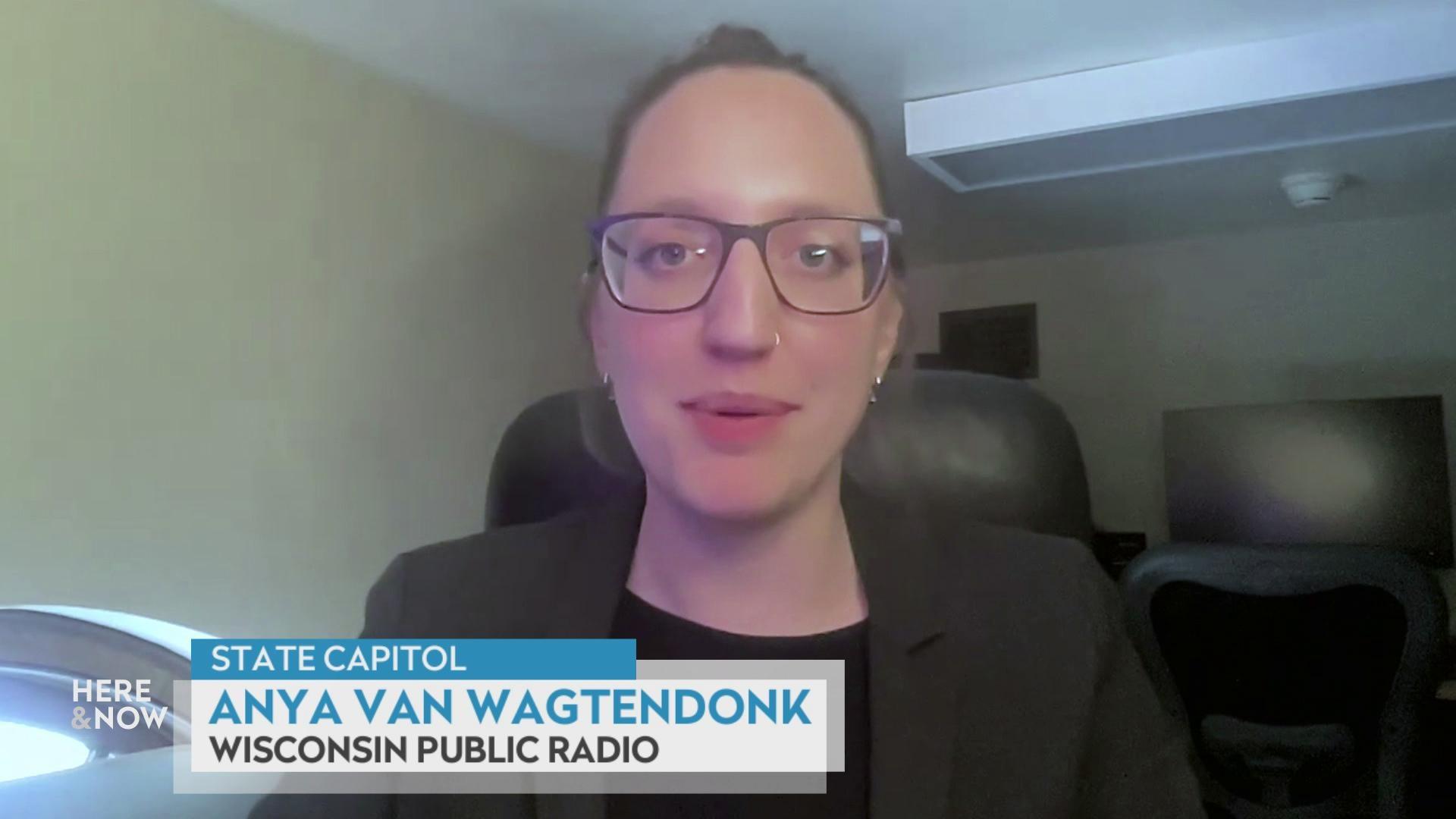
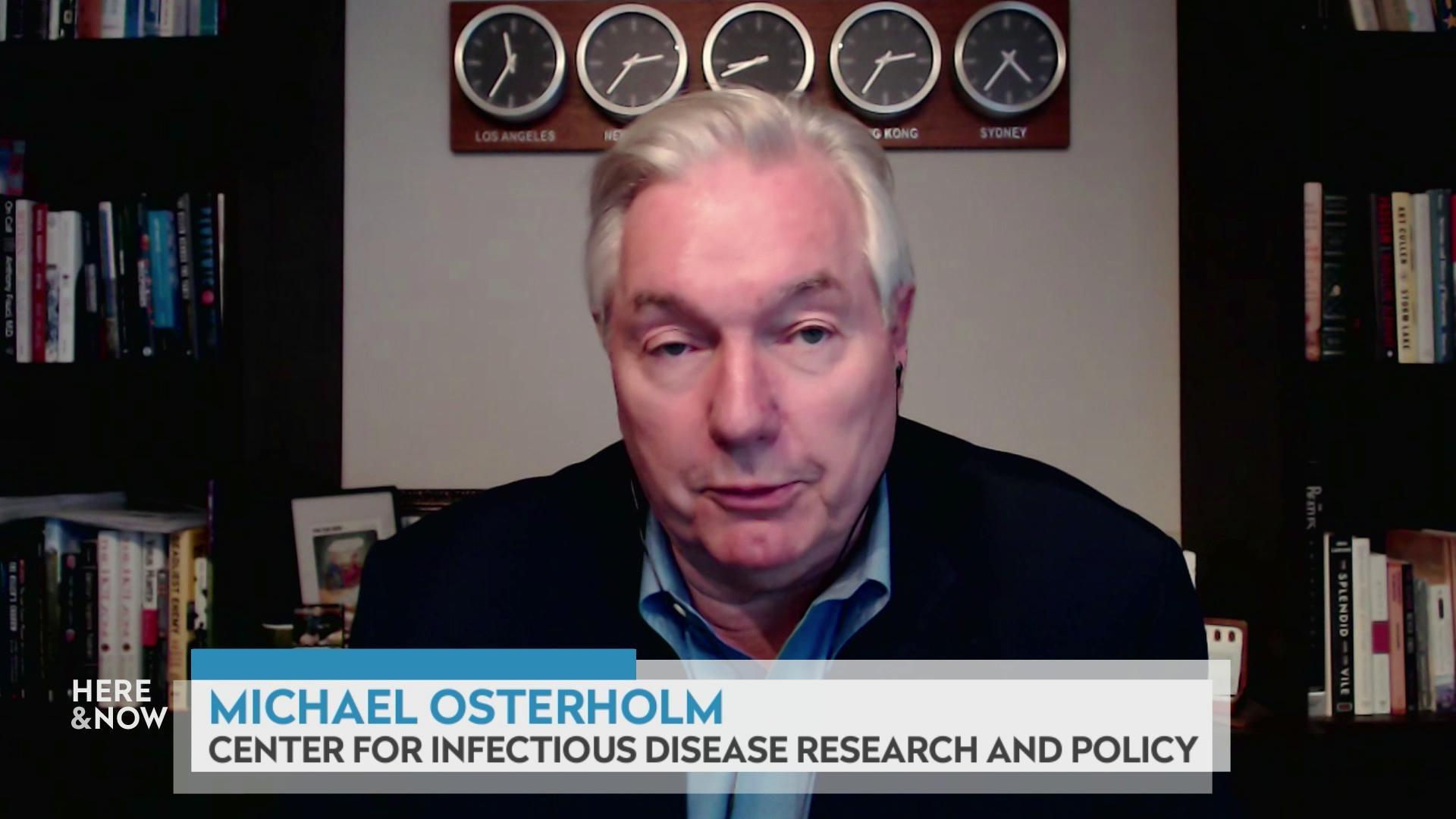
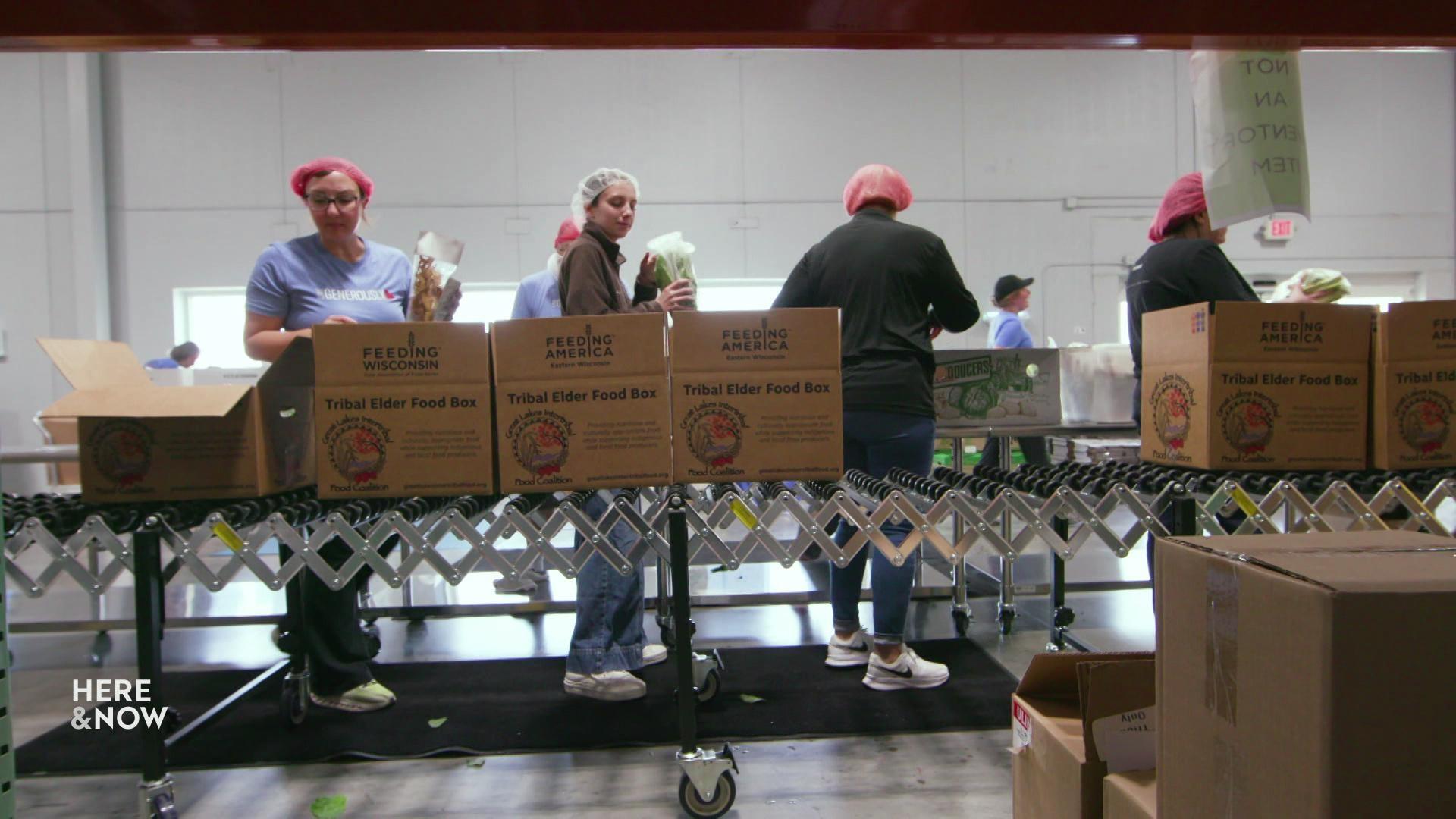
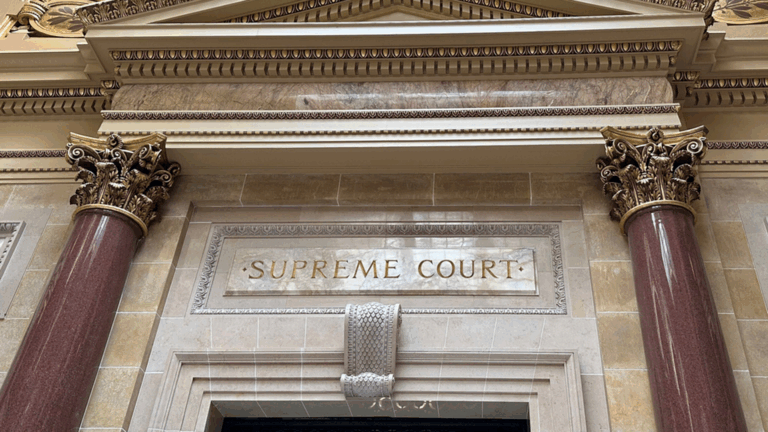
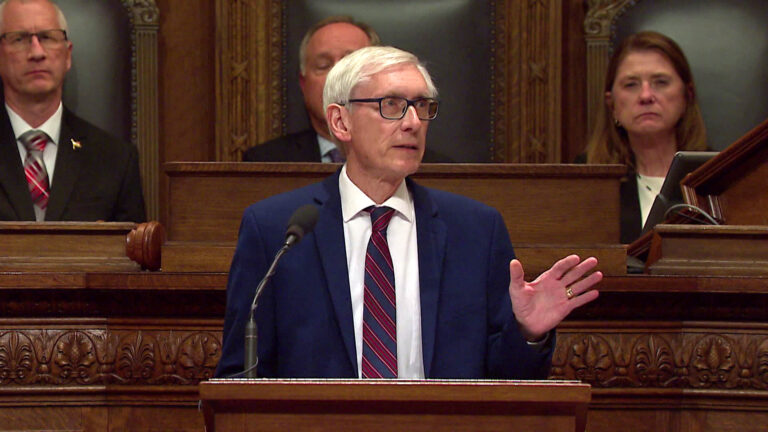
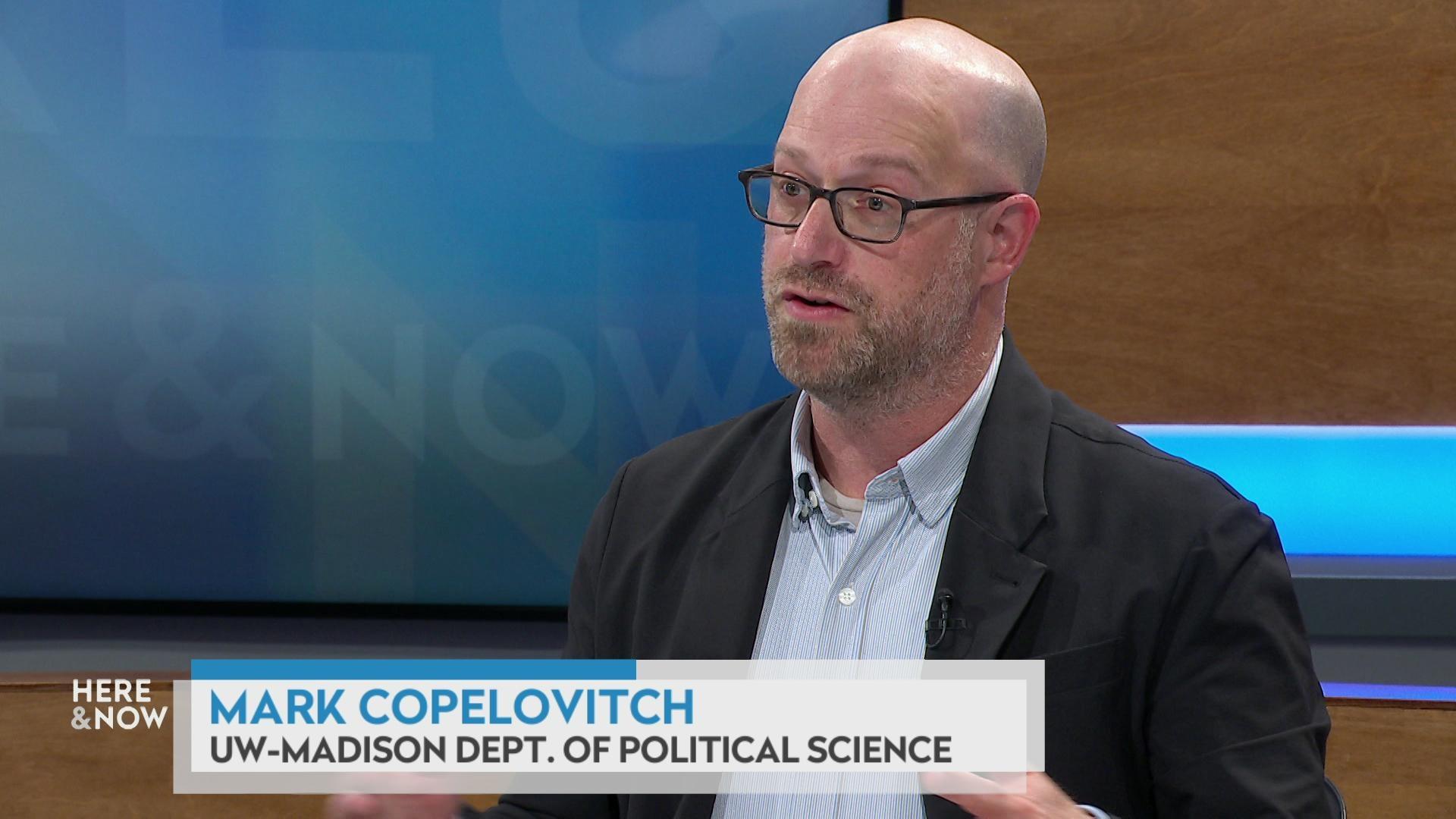
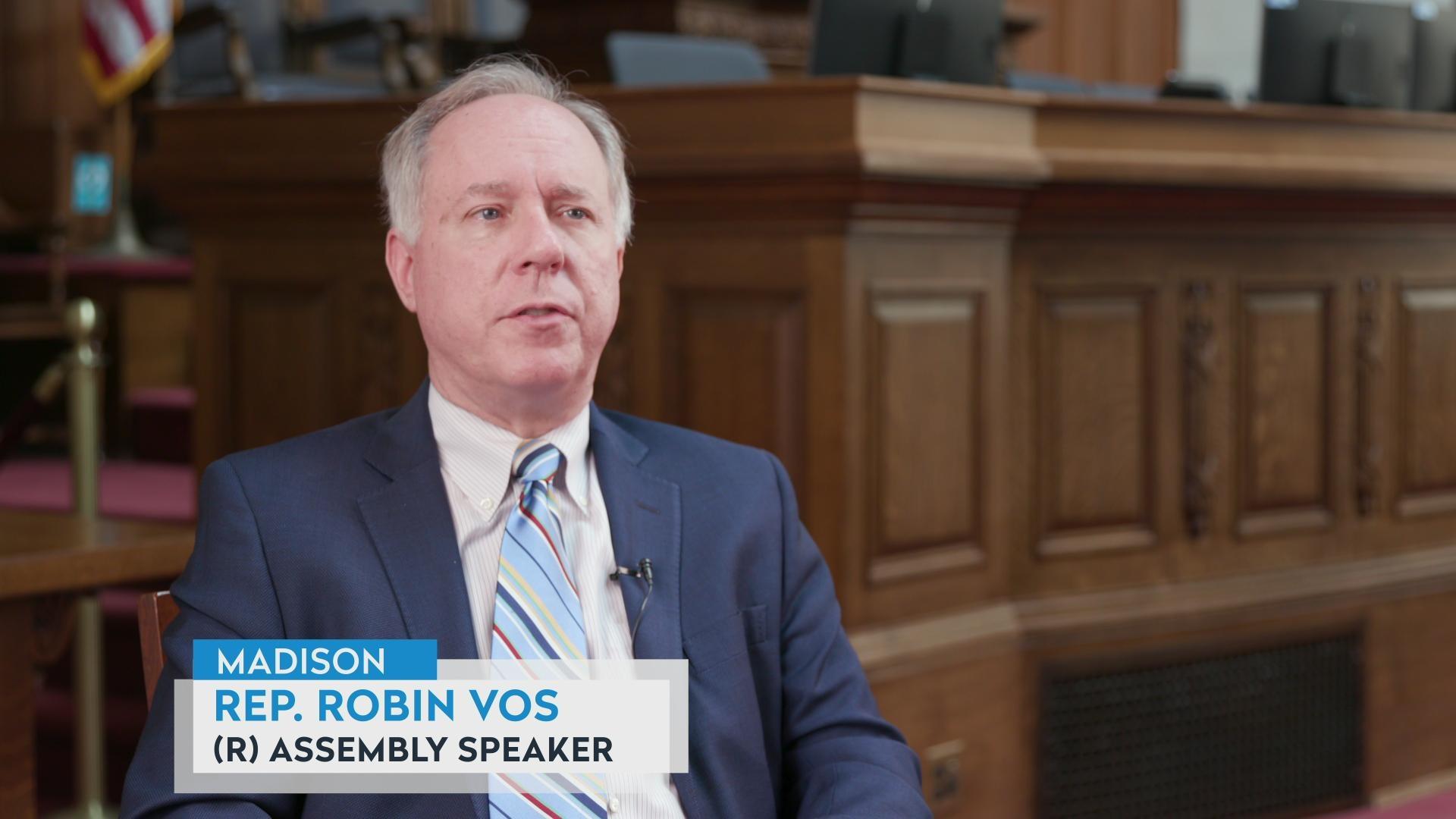


Follow Us